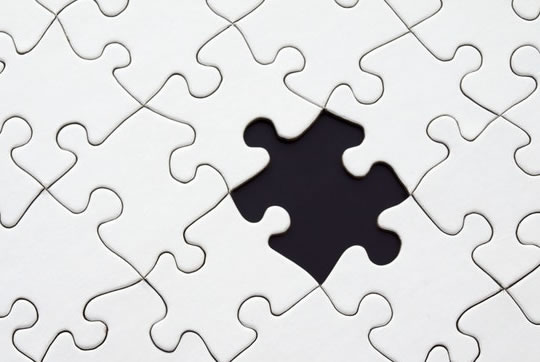The method was more effective than ‘free recall’, where people remember whatever they can in any order they like.
Clustered recall is the key to remembering what really happened, new eyewitness research finds.
This means remembering things from one category at a time.
So, if you were trying to remember what you did last Thursday, start with the location and concentrate on that.
Next, remember everything you can about what you were doing, next what people said, and so on.
The new study used the same technique to test people’s memory for a video of a woman being mugged.
Dr Craig Thorley, the study’s author, explained:
“Using this system, we prompt eyewitnesses to first remember what the people involved in the crime looked like, then the what those people did, then the environment the crime took place in.”
The study was designed to help eyewitnesses of crimes remember more.
The usual method is called ‘free recall’, where people remember whatever they can, in whatever order they like.
However, the study found that clustered recall was more effective.
Dr Thorley said:
“I think it’s likely that asking people to focus on one category of information at a time, such as what the people involved looked like, focuses their memory on that category and they offer more details related to it than they otherwise would.”
This method likely relies on the fact that the brain stores and recalls related information together.
Dr Thorley said:
“It’s the first study to compare CCR to free recall.
We interviewed people using both methods and found using CCR produced superior results, with the people using it remembering more correct information about the crime.
It also increased the amount of different details they remembered.”
The study was published in the journal Memory (Thorley, 2018).

